The city of Kyoto, which served as Japan’s first capital, is full of customs, culture, and history. With its magnificent temples, gardens, and UNESCO World Heritage Sites, it is no surprise that it is one of the most popular tourist sites in Japan. This travel guide to Kyoto will enable you to get the most out of your time there.
Getting to Kyoto, Japan
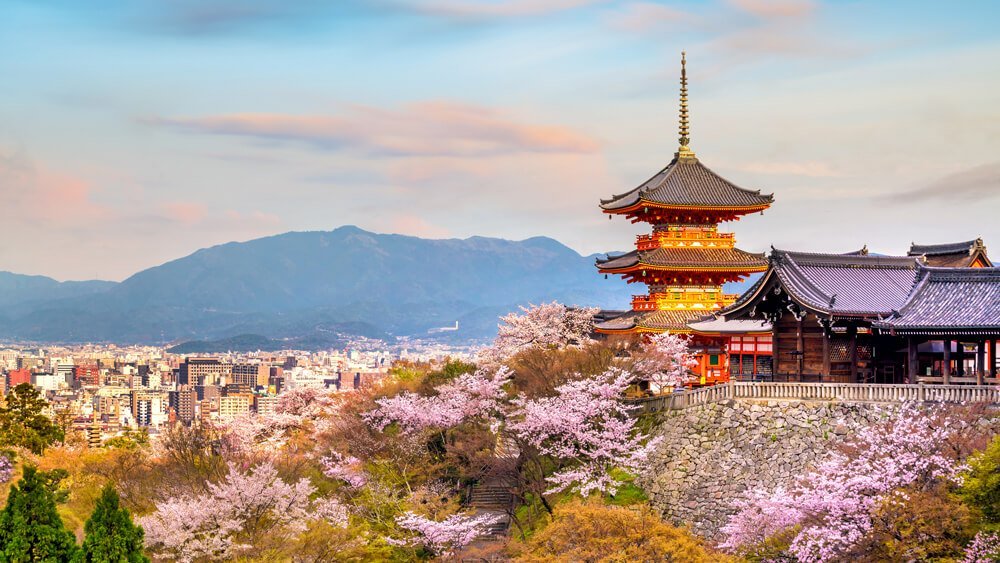
The city is conveniently reachable by plane, train, or bus and is situated in the Kansai region of Japan. Kansai International Airport, which has direct flights to important places all over the world, is the closest airport. You can travel to Kyoto Station via JR Haruka Express train or Limousine Bus from the airport.
If you are already in Japan, you can travel from Tokyo or other major cities to Kyoto Station by Shinkansen (bullet train). The Shinkansen is renowned for its comfort and speed, and the trip from Tokyo takes roughly 2.5 hours. Another option is to take a bus from a big city like Osaka, Kobe, or Nagoya.
When To Visit Kyoto, Japan
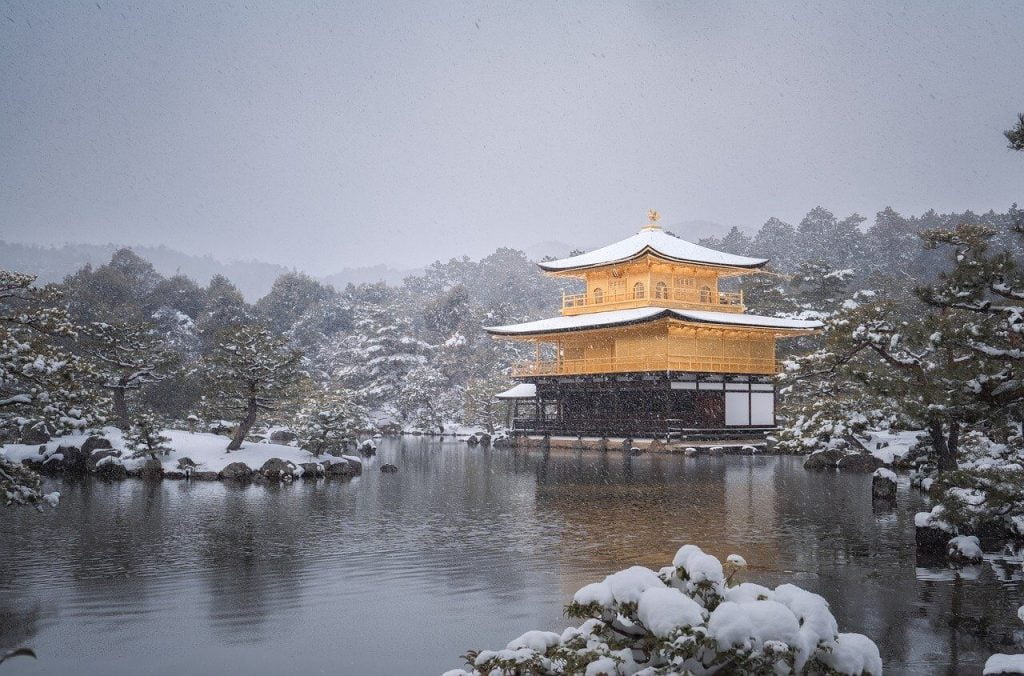
The seasons of spring and fall are ideal for visiting Kyoto because they bring pleasant weather and gorgeous scenery. In Japan, seeing the cherry blossoms in full bloom in the spring is a must-do experience. The changing hues of the leaves in the autumn make it a wonderful time to travel.
Summer is a season of festivals and fireworks, but it can also be hot and muggy. Although winter can be chilly, you can still enjoy classic winter activities like illuminations and hot springs.
Where To Stay
The city offers a variety of lodging choices for all price ranges, from opulent hotels to affordable guesthouses. The city center of Kyoto, which is close to main attractions, and the neighborhood of Higashiyama, which has a traditional vibe, are the most well-liked places to stay in the city.
The Ritz-Carlton , the Hyatt Regency and the Four Seasons Hotel are a few of the best hotels in the city. Try guesthouses like the Kyoto Guesthouse, the J-Hoppers Kyoto Guesthouse, or the Khaosan Kyoto Guesthouse for affordable options.
Things to do
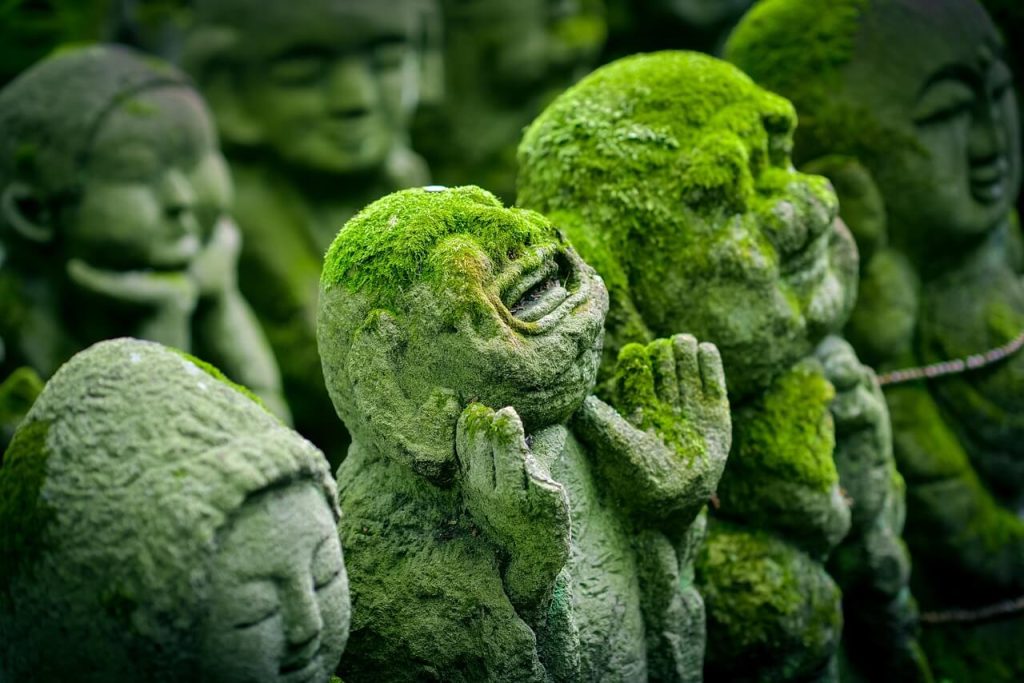
From historic museums to ancient temples, the city has a lot to offer tourists. The following are some of Kyoto’s must-see attractions:
- Kinkaku-ji Temple – The beautiful gold leaf façade of the Kinkaku-ji Temple, also known as the Golden Pavilion, is what makes it a UNESCO World Heritage Site.
- Fushimi Inari Taisha Shrine – The countless torii gates that lead to the summit of Mount Inari make the Fushimi Inari Taisha Shrine noteworthy. It is a wonderful location to go hiking and see traditional Japanese buildings.
- Arashiyama Bamboo Grove – Arashiyama Bamboo Grove is a tranquil bamboo grove outside of Kyoto that’s a nice area to take a stroll.
- Nijo Castle – It is a 17th-century fortress that is listed on the UNESCO World Heritage List. It is well known for both its magnificent gardens and magnificent architecture.
- Gion District – This area is well-known for its geisha culture and historic buildings. Geisha can be seen strolling the streets dressed in their traditional garb.
- The Kyoto Imperial Palace, which is now accessible to the general public, served as the emperor’s home until 1869. You can join a guided tour to discover more about Kyoto’s past and present.
- Kyoto Tower – This tower offers stunning views of Kyoto and is a great place to visit at night when the city is lit up.
Where To Eat

Sushi, tempura, and the multi-course, exquisitely presented kaiseki are just a few of the classic Japanese foods that are popular in here. Some of Kyoto’s top restaurants are listed below:
- Kikunoi: Seasonal ingredients are used in the traditional kaiseki dishes served at this Michelin-starred establishment.
- Izuju is well-known for its inari sushi, which is just sushi rice encased in a tasty tofu pouch.
- Gion Kappa: This eatery serves traditional cuisine, including tofu, tempura, and yuba (tofu skin).
- Nishiki Market is an excellent spot to sample regional delicacies from the region, including pickles, wagashi (Japanese sweets), and fresh seafood.
- Yudofu Sagano: Yudofu is a straightforward dish of boiling tofu with dipping sauce and toppings. In the winter, it is a well-liked meal here.
Getting Around
Buses, trains, and underground subways are all part of Kyoto’s large public transit network. Buses are the most practical mode of transportation because they stop at most of the city’s key attractions. To save money on transportation, you can get a City Bus & Tube Pass or a one-day bus pass.
The Subway, which has two lines and serves the city’s center, is an option if you’d rather use the train. Arashiyama and other western areas of the city are easily accessible via the JR Sagano Line.
It is also a bike-friendly city with several rental businesses accessible if you want to travel by bicycle. A bicycle can be rented so you can tour the city at your own speed.
Frequently Asked Questions (FAQs) about Traveling to Kyoto, Japan
What Must-See Sights Are There In Kyoto?
Kinkaku-ji Temple, Fushimi Inari Shrine, Arashiyama Bamboo Forest, and Nijo Castle are just a few of Kyoto's must-see landmarks. The Philosopher's Way, Kiyomizu-dera Temple, and Ginkaku-ji Temple are more noteworthy sites.
How Much Time Should I Devote To Kyoto?
We advise staying in Kyoto for at least three to four days in order to truly explore the city. You'll have enough time to see the main sights and learn about the local way of life.
What Is The Most Effective Way To Navigate Kyoto?
Using public transit, such as buses, trains, and subways, is the most effective way to get around Kyoto. Buses are the most practical mode of transportation because they stop at most of the city's key attractions. A bicycle can be rented so you can tour the city at your own speed.
What Foods Are Popular In Kyoto?
Sushi, tempura, and kaiseki, a multi-course meal with exquisite presentation, are just a few of the traditional foods that are popular in Kyoto. The regional delicacies include wagashi, tofu, and yuba (tofu skin) (Japanese sweets).
In Kyoto, Where Can I Stay?
Kyoto provides a range of lodging choices, including conventional ryokans, contemporary hotels, and guesthouses. The Higashiyama District, close to Kyoto Station, and the downtown area are some of the greatest places to stay in Kyoto.
How Can I Travel From Kyoto To Other Japanese Cities?
Via train, Kyoto is well connected to other Japanese cities. Kyoto is connected to Tokyo, Osaka, and other major cities by the shinkansen (bullet train). From Osaka or Tokyo, you can also fly domestically to other areas of Japan.
Conclusion
The city of Kyoto provides a distinctive fusion of tradition and contemporary. It is a must-see site in Japan because of its historic temples, gorgeous gardens, and vibrant culture. You now have the knowledge you need to organize your vacation to this awesome destination, including where to stay, what to see, where to dine, and how to navigate the city. We sincerely hope that this information was useful, and we wish you a lovely trip to Kyoto.

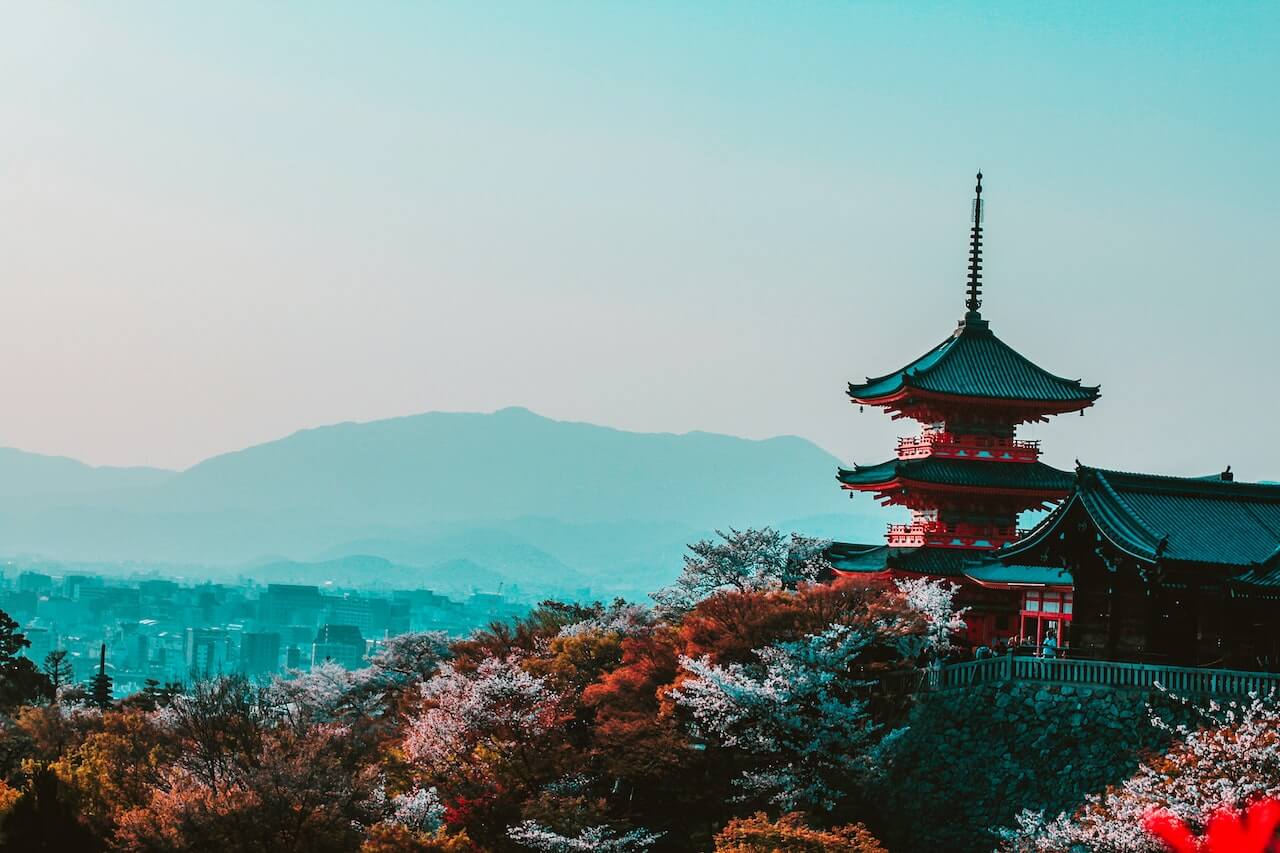

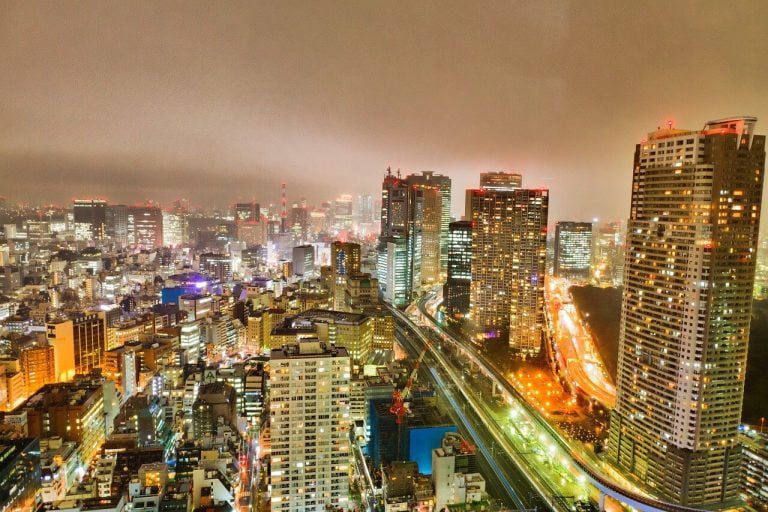
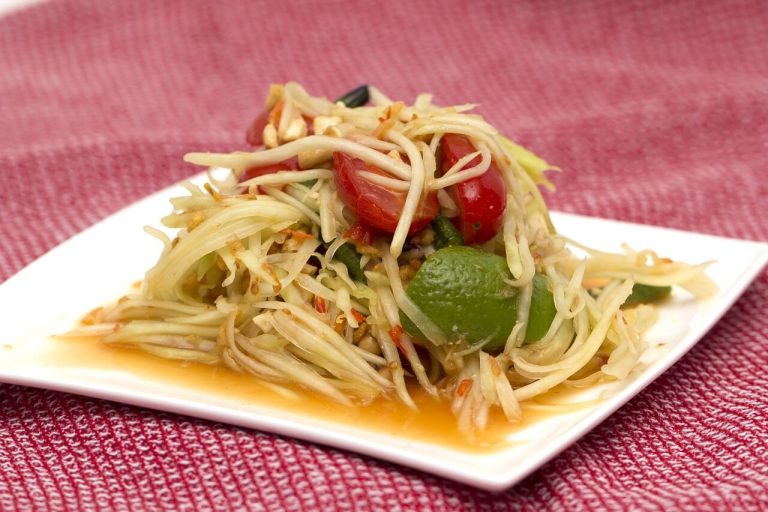
+ There are no comments
Add yours